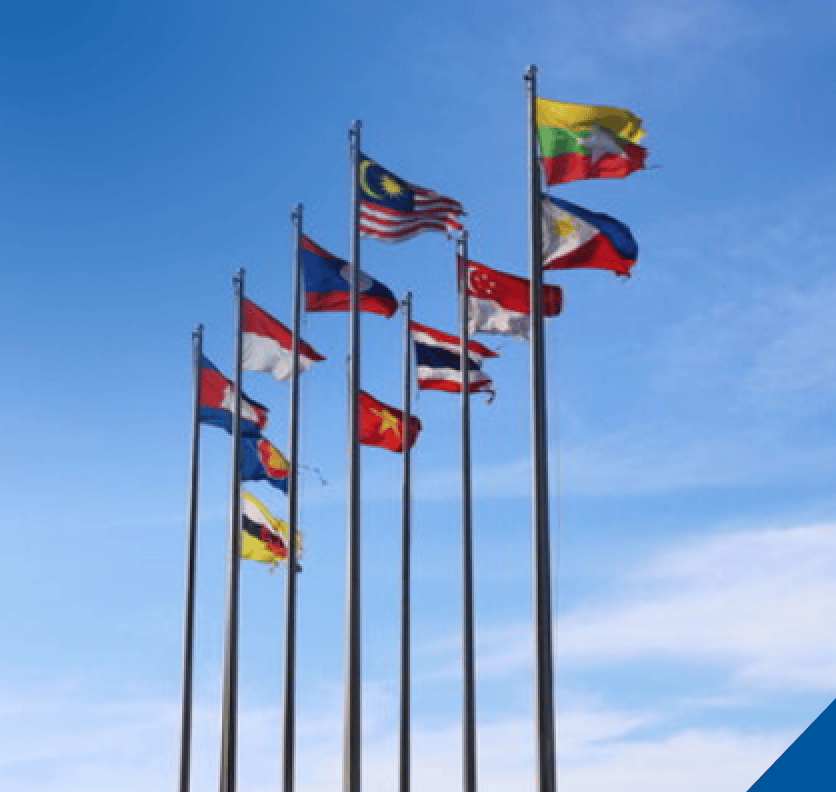[vc_row el_class=”detail-right-sing-pub”][vc_column width=”4/12″ el_class=”featured-image-wrap”][vc_single_image source=”featured_image” img_size=”full” el_class=”featured-image”][/vc_column][vc_column width=”8/12″][vc_row_inner][vc_column_inner el_class=”title-single-pub” css=”.vc_custom_1565448006423{margin-bottom: 0px !important;}”][vc_column_text css=”.vc_custom_1565448183865{margin-bottom: 15px !important;}”][post_title][/vc_column_text][/vc_column_inner][/vc_row_inner][vc_row_inner][vc_column_inner el_class=”date-single-pub”][vc_column_text css=”.vc_custom_1565448167869{margin-bottom: 15px !important;}”][post_date][/vc_column_text][/vc_column_inner][/vc_row_inner][vc_row_inner][vc_column_inner el_class=”type-single-pub” width=”2/6″][vc_column_text]Category[/vc_column_text][/vc_column_inner][vc_column_inner el_class=”type-single-pubb” width=”4/6″][vc_column_text][post_cat][/vc_column_text][/vc_column_inner][/vc_row_inner][vc_row_inner][vc_column_inner el_class=”type-single-pub” width=”2/6″][vc_column_text]Tag[/vc_column_text][/vc_column_inner][vc_column_inner el_class=”type-single-pubb” width=”4/6″][vc_column_text el_class=”tag-pub”][post_tag][/vc_column_text][/vc_column_inner][/vc_row_inner][vc_row_inner][vc_column_inner el_class=”type-single-pub” width=”2/6″][vc_column_text]Author[/vc_column_text][/vc_column_inner][vc_column_inner el_class=”type-single-pubb” width=”4/6″][vc_column_text]Visal Veng, Beni Suryadi, Aloysius Damar Pranadi, Nadhilah Shani[/vc_column_text][/vc_column_inner][/vc_row_inner][vc_row_inner][vc_column_inner el_class=”type-single-pub” css=”.vc_custom_1565449718201{margin-top: 15px !important;}”][vc_column_text el_class=”download-pdf-sing-pub”]DOWNLOAD PDF[/vc_column_text][/vc_column_inner][/vc_row_inner][/vc_column][/vc_row][vc_row el_class=”row-key-point” css=”.vc_custom_1565449289802{margin-top: 40px !important;}”][vc_column el_class=”key-point”][vc_column_text el_class=”key-point-ul”]
Abstract
ASEAN’s energy demand is projected to expand 2.4 times by 2040 according the 5th ASEAN Energy Outlook. In 2040, ASEAN’s GDP is projected to have a threefold increase from only USD 2.56 trillion in 2015 and the region’s total population grows to over 760 million with 0.7% per year on average comparing to 630 million in 2015. Rising energy demand will influence the security of ASEAN energy supply and the ability to generate economic value while these lead ASEAN transforming to be a more energy-intensive economy in the region.
Limited energy resources plus swift economic and socio development upswing prompts ASEAN to develop more renewable energy sources as one of the most crucial solutions for future energy challenge within the region. Under regional blueprint of energy named as ASEAN Plan of Action for Energy Cooperation (APAEC) 2016-2025, ASEAN seeks an opportunity to ensure the sustainable energy supplies by committing on 23% renewable energy contributions in its total primary energy supply (TPES) by 2025. With this regard, the pathways for energy interconnection and nationally determined contributions (NDCs) in ASEAN has been introduced with the purpose to enhance further their regional collaboration to charter the way forward and seize the potential opportunities and benefits for the entire region. This paper intends to highlight some effective energy policy frameworks in deploying renewable energy potentials to support the NDCs of each ASEAN Member States (AMS) and to suggest several recommendations to unlock such potentials towards a united, inclusive, sustainable and resilient community.
Keywords: Renewable energy, nationally determined contributions, ASEAN
This paper is published at International Journal of Smart Grid and Clean Energy Vol. 9, No. 1 January 2020.[/vc_column_text][/vc_column][/vc_row]











